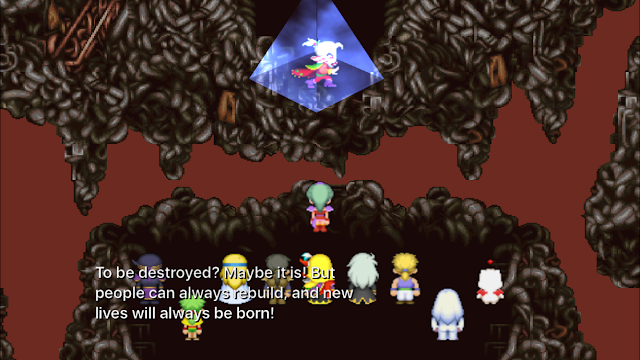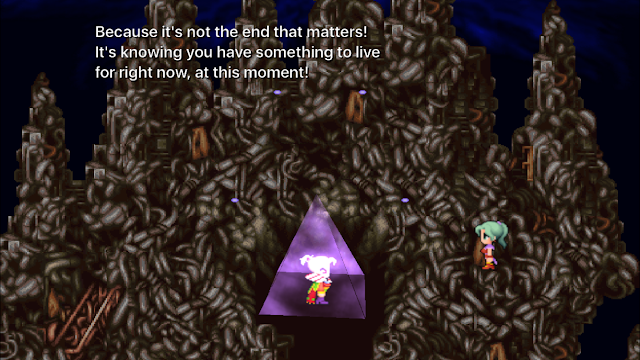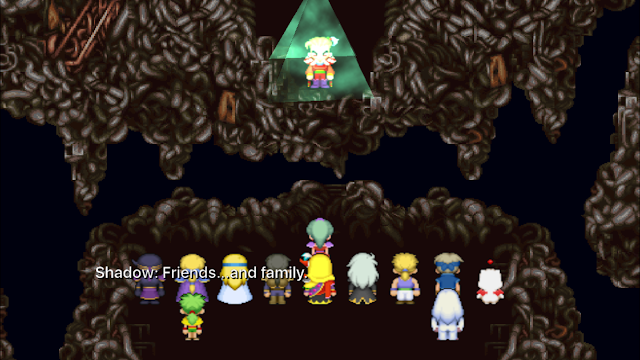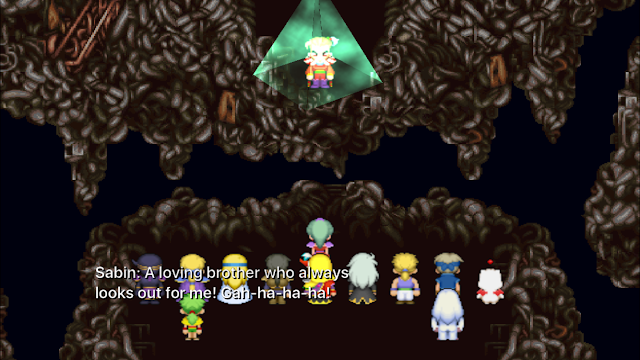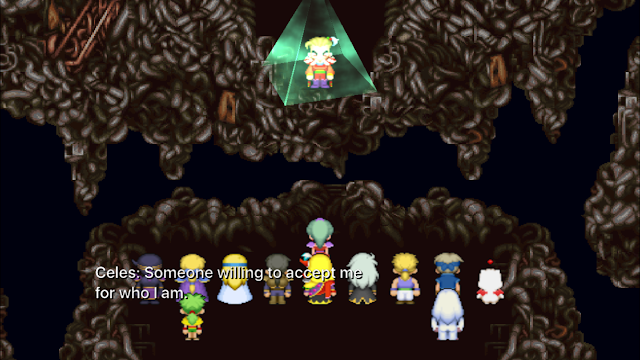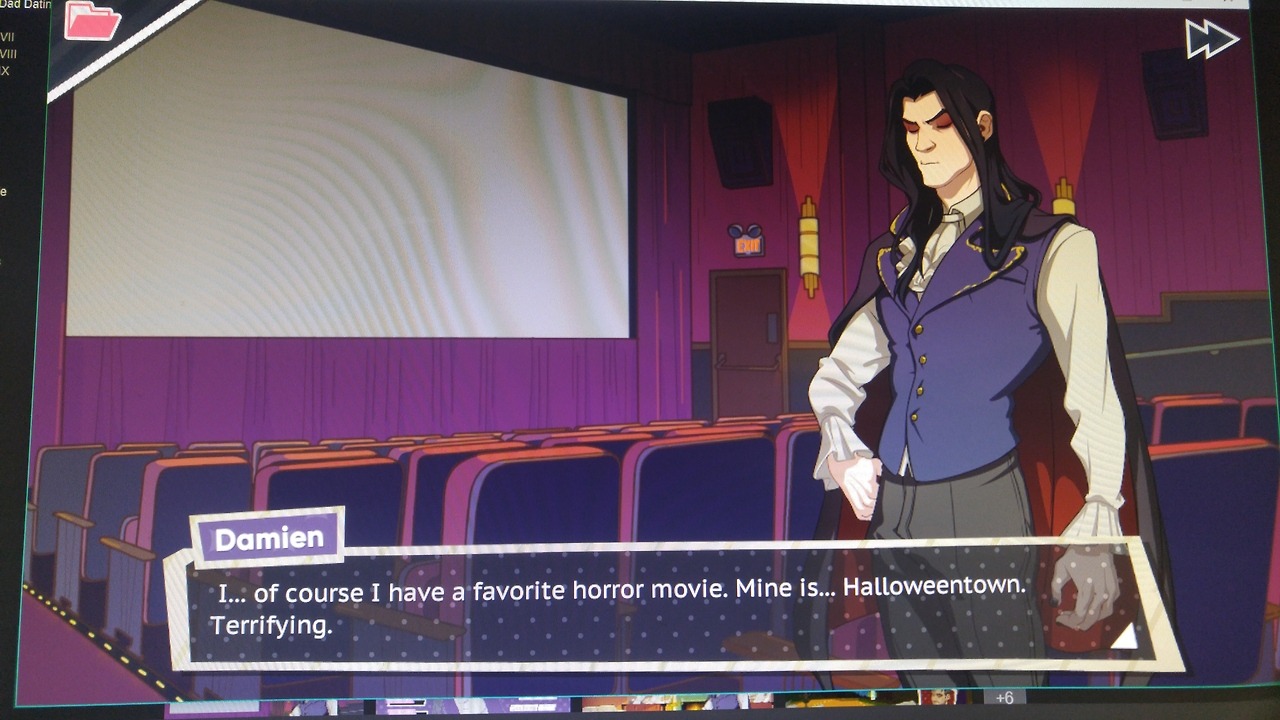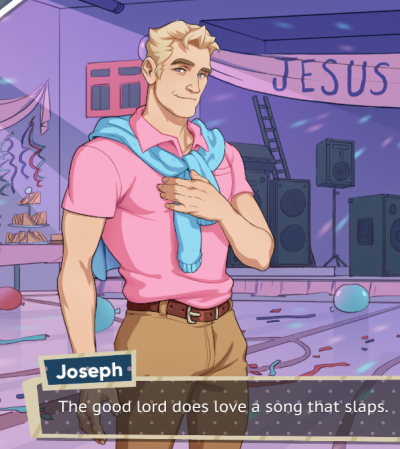Then, last month, my birthday (March 27th) fell on a Tuesday, and my friend (who is also a chef) went wild.
That was my birthday cake. A five layer lemon cake with raspberry filling between each layer. I believe the icing is cream cheese frosting. But, despite my pleas to my friend for them to give me the recipe (to share with you of course, not for my own selfish gain! Not at all!), I was told I may have the cake whenever I wish, but I may not have the recipe.
So here are my half hearted attempts to find something similar on the internet, since I can’t give you the real recipe. If you feel like making everything from scratch, this one is for you. If you’re more interested in a less skill-intensive version, here’s one that involves a cake mix but should still turn out delectable. And here’s a guide on making cream cheese frosting.
Now, speaking of wonderful things I’d like to have all of the time but are really only available to me when the people in charge of it feel inclined to give them to me, let’s talk about the female leads of the Final Fantasy franchise.
I’ll be focusing on Terra from Final Fantasy VI, Yuna from Final Fantasy X and X-2, and Lightning from Final Fantasy XIII and Lightning Returns.
One of the most interesting things to me about Final Fantasy titles that feature women as main characters, is that they often share that role with other people throughout the game. When Final Fantasy XIII was being marketed, it wasn’t only Lightning that was on posters and promotional material. Snow appeared alongside her consistently. Lightning also isn’t the character the player is forced to play as. The story jumps around—much like Final Fantasy VI does—allowing the player to control every party member individually at different times. The only two Final Fantasy titles where the player isn’t allowed to switch away from the main female character are Final Fantasy X-2 and Final Fantasy: Lightning Returns, neither of which are main title Final Fantasy games.
When I used to complain (before the release of Final Fantasy XIII) that there was no main title Final Fantasy where a woman was the main character, all of my friends (who were male gamers) told me to play Final Fantasy VI. At the time, I was resistant. I had seen gameplay footage from Final Fantasy VI, and the footage I had seen featured Sabin’s battle with the Phantom Train (which has an all male party), and Locke’s separate rescues of both Terra and Celes. Knowing nothing else, I had written the story off as one like Final Fantasy X—where a woman was the most important character in the game, but it was not she who was the player character.
How wrong I was. While it is true that the player can choose not to play as Terra for a good part of the game, she’s also the most valuable character in the game—both as a party member, and within the story’s narrative. By end game, my Terra could dual cast and did maximum damage with every one of her attacks. No one could stand up to her. And, in the final battle, it is she that speaks to Kefka:
Everyone else is there to back Terra up when she tells Kefka they have something to protect:
To the point of making Kefka visibly ill:
It was Yuna in Final Fantasy X that held the role of a female main character who was not the player character. It’s Yuna’s summoner abilities in the game that drive the narrative forward—and without her, Tidus (the character the player actually controls) would have no purpose. In a way, Final Fantasy X takes the trope of female narratives that center only around a man, and flips it on its head.
In X-2, however, we end up with an interesting subversion of that trope. Yuna, free of her duties as a summoner, becomes a sphere hunter. Her motivations for doing so? She found a sphere that held footage of a man that looked like Tidus—meaning he might still be alive after the events of Final Fantasy X. Her motivations for becoming a sphere hunter revolve around her lover from the previous game, yes, but Final Fantasy X-2 is one of the Final Fantasys out there to have multiple endings. While the player can choose to reunite Yuna and Tidus at the end of the game, the player can also choose not to.
If the player selects “It’s better this way,” the context of Yuna’s game suddenly becomes about her dealing with her grief over losing Tidus as opposed to letting her life be defined by him. Due to that, it’s arguable that Yuna’s choice to become a sphere hunter was never wholly about Tidus to begin with, but rather finding something new to do with her life now that she’s done being a summoner—and that small detail adds so much more agency to Yuna in the story. As she says in the good ending without Tidus, this is her story, and it’ll be a good one.
It is perhaps Lightning’s main characterness that is most like that of other traditional Final Fantasy protagonists: she just happens to get mixed up in events in the right way at the right time. If her sister had never become a L’Cie, she never would have taken the first step towards bringing down a Fal’Cie in Final Fantasy XIII. Then, in Final Fantasy XIII-2, she just happens to disappear from time and space—leading her sister, Serah (the only person who remembers her) to lead her own personal X-2ish quest in pursuit of her sister. Lightning Returns is yet another example of this—where a god of the crumbling world just happens to choose Lightning as his messenger.
While Terra is the halfling child of an esper and a human who is one of the only people left in the world able to control magic, and Yuna is the orphaned child of the previous High Summoner who is expected to do great things as a summoner herself, Lighting is just a girl in the military that loves her sister.
| Lightning fighting for Serah at the beginning of Final Fantasy XIII |
| Serah and Lightning reunited after the events of XIII-2 |
| Serah as Lightning’s strength in Lightning Returns |
Lightning’s portrayal was a breath of fresh air—because she didn’t have to be anything special to be a female main character.
May we have many more great female characters and many more amazing lemon and raspberry cakes in our futures!



